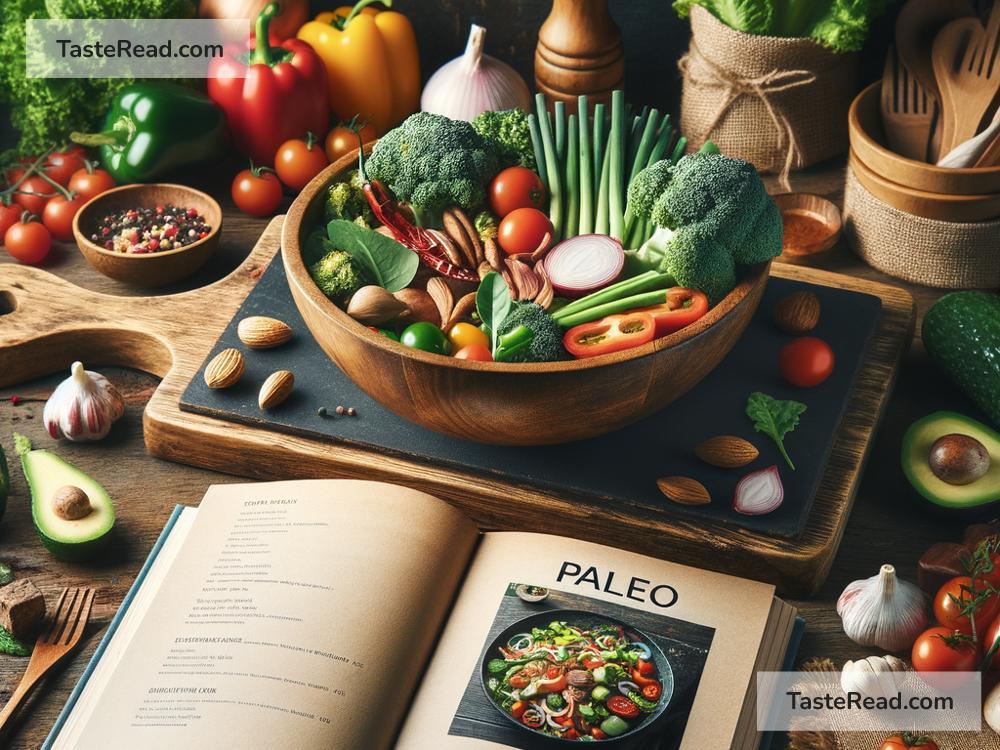Incorporating Local Ingredients into Your Paleo Meals: A Simple Guide
Switching to a Paleo diet can truly transform your lifestyle and health. It encourages eating foods that are as close to their natural state as possible—lean meats, fish, fruits, vegetables, nuts, and seeds—while ditching processed foods, grains, and dairy. But there’s a way to boost the health benefits of your Paleo diet: by including local ingredients in your meals. Not only does this approach support local farmers and reduce your carbon footprint, but it also ensures you’re getting the freshest and most nutrient-packed foods. Here’s how to easily incorporate local ingredients into your Paleo meals.
1. Visit Your Local Farmers Market or Farm Stand
Start by familiarizing yourself with your local farmers market. This could be a weekend adventure where you explore the variety of fruits, vegetables, and sometimes even meats available. The great thing about farmers markets is that you often get the chance to speak directly with the growers. They can give you insights into the best-in-season produce and how to prepare them. This direct access to farmers not only connects you more deeply with your food but also allows you to make healthier, more informed choices.
2. Join a Community Supported Agriculture (CSA) Program
A CSA program is like a subscription service for local farm produce. By joining, you pay upfront for a share of the harvest, which usually gets delivered weekly or is available for pickup at a designated spot. This is a wonderful way to ensure a steady supply of seasonal, local ingredients for your Paleo meals. Since the produce you get is based on what’s in season, it encourages creativity in the kitchen and broadens your palate.
3. Grow Your Own
While not everyone has a backyard for a full-blown vegetable garden, many of us can grow a bit of our own food—even if it’s just herbs on a windowsill. Herbs like basil, mint, and rosemary are quite easy to maintain and can add a fresh touch to your Paleo dishes. If you have more space, consider growing tomatoes, lettuce, or peppers. This is local eating at its peak, and the satisfaction of eating something you’ve grown yourself is unmatched.
4. Focus on Seasonal Eating
Eating seasonally ties in beautifully with the Paleo diet. It means that you adjust your diet to consume more of what is naturally available at a particular time of year. Not only does this practice support local farming, but it also means that you’re eating foods at their freshest and most nutritious. Seasonal produce usually tastes better, too, because it has been allowed to ripen fully. Make an effort to learn which fruits and vegetables are in season throughout the year and plan your meals around them.
5. Forage for Wild Edibles
For those who love an adventure, foraging for wild edibles can be an exciting way to incorporate local ingredients into your Paleo meals. Whether it’s berries, nuts, or edible greens, nature often provides an abundance of food—free for the taking. However, it’s crucial to know what you’re picking, as not everything in the wild is safe to eat. Consider joining a local foraging group or hiring a guide to help you identify edible plants safely.
6. Support Local Butchers and Fishmongers
The Paleo diet places a strong emphasis on lean meats and fish. Seek out local butchers and fishmongers who source their products from the area. Not only does this ensure fresher, better-quality meat and seafood, but it also reduces the environmental impact associated with transporting these goods over long distances. Additionally, local butchers often provide cuts of meat that you might not find in conventional supermarkets, allowing for more variety in your meals.
7. Experiment and Have Fun
Finally, the key to successfully incorporating local ingredients into your Paleo diet is to experiment and have fun with it. Try new vegetables you’ve never heard of, experiment with different cuts of meat, or attempt to cook your freshly foraged mushrooms. The Paleo diet is all about getting back to basics and enjoying natural, unprocessed foods. Adding the local element brings it a step further, reconnecting you with the environment and community.
By following these simple steps, you can effectively incorporate local ingredients into your Paleo diet. This not just elevates the quality and taste of your meals but also promotes a more sustainable and health-conscious lifestyle. Enjoy the journey of discovery and the myriad benefits that come with eating locally on your Paleo adventure.


